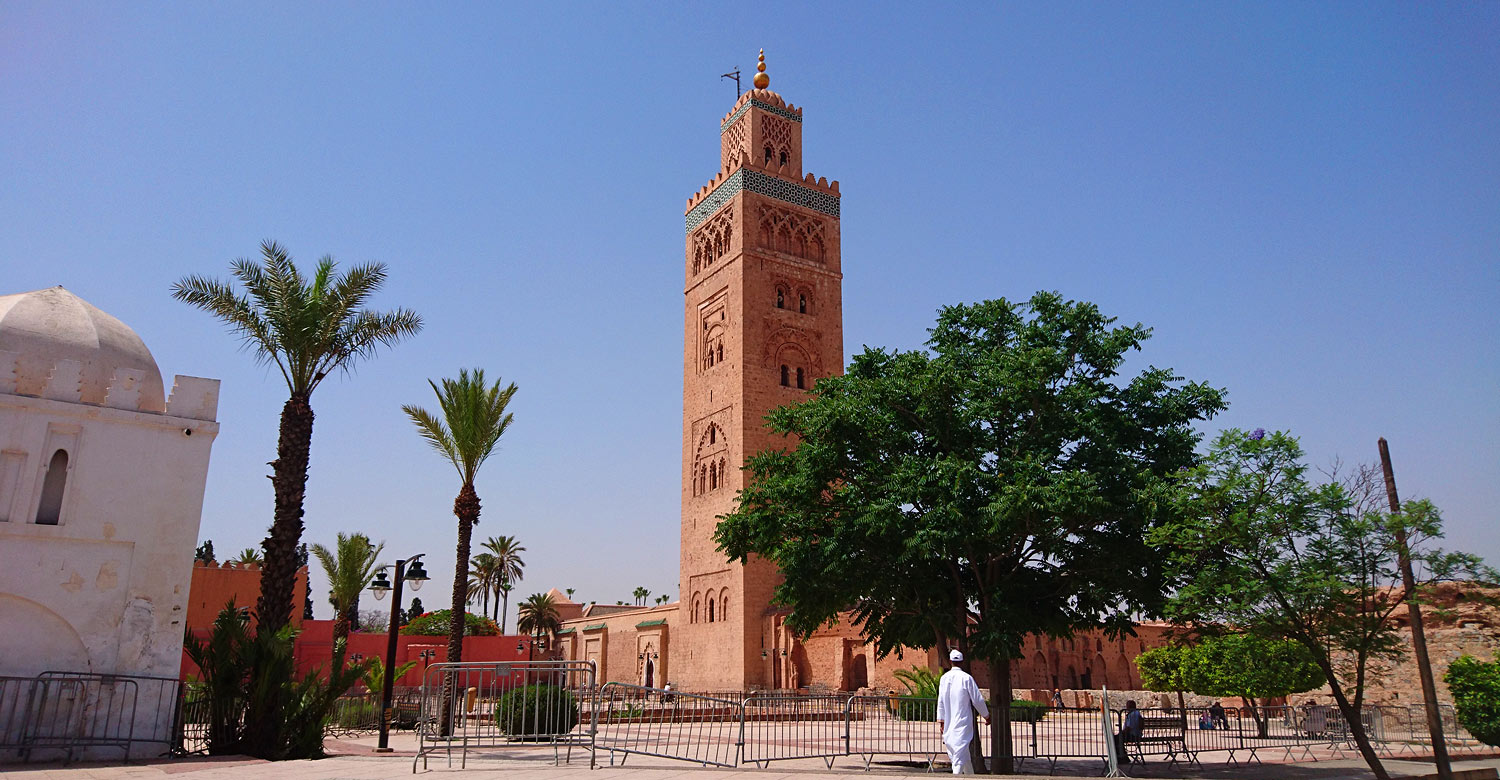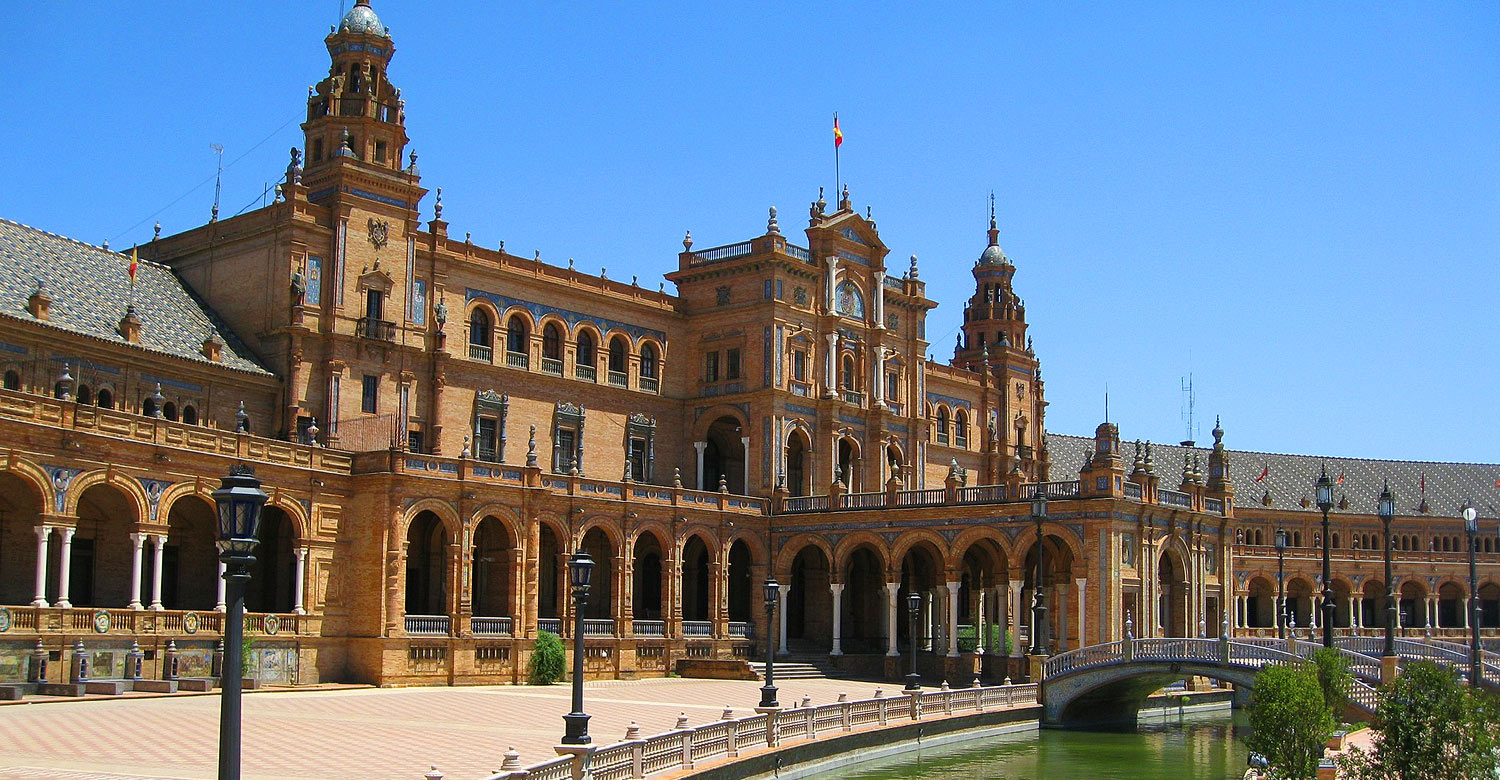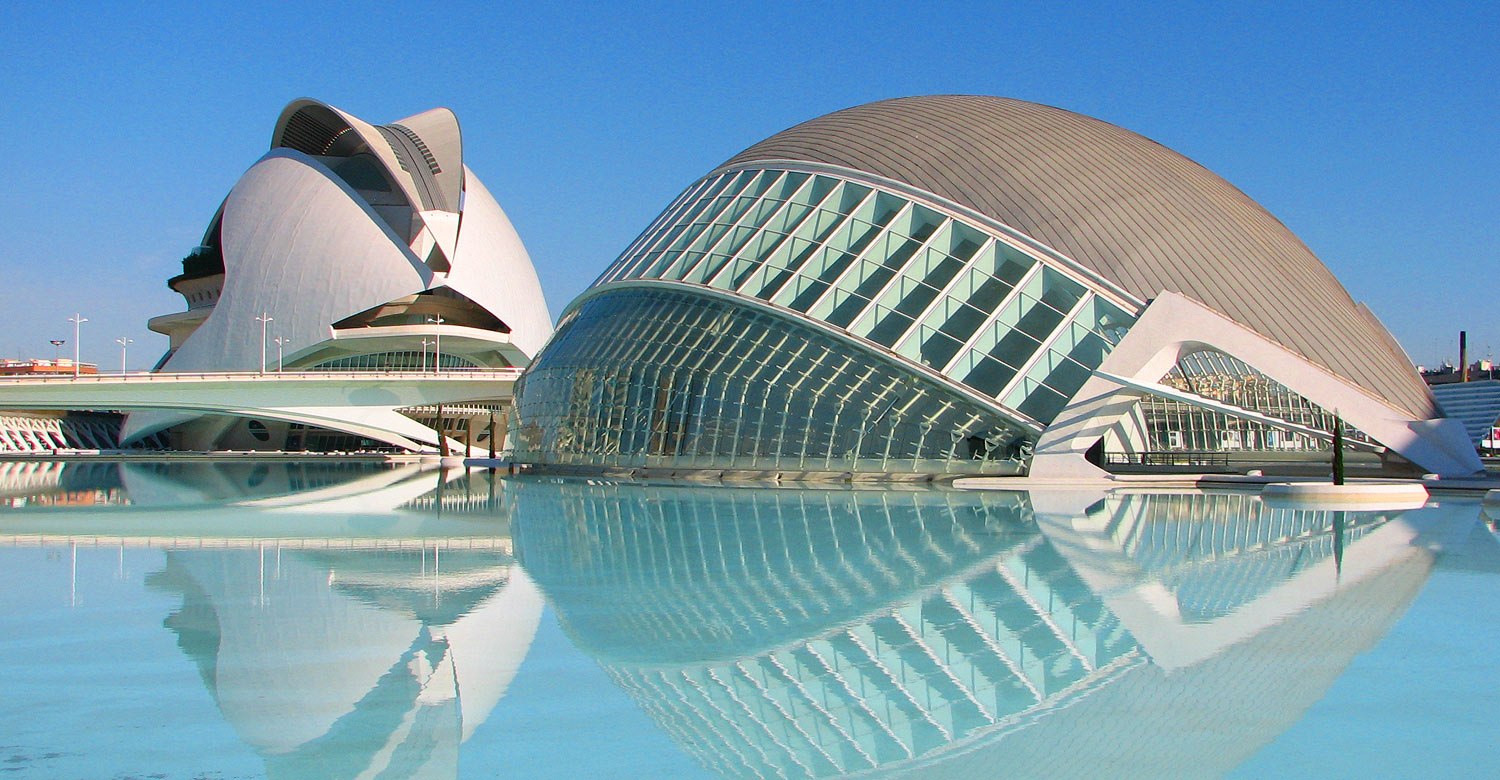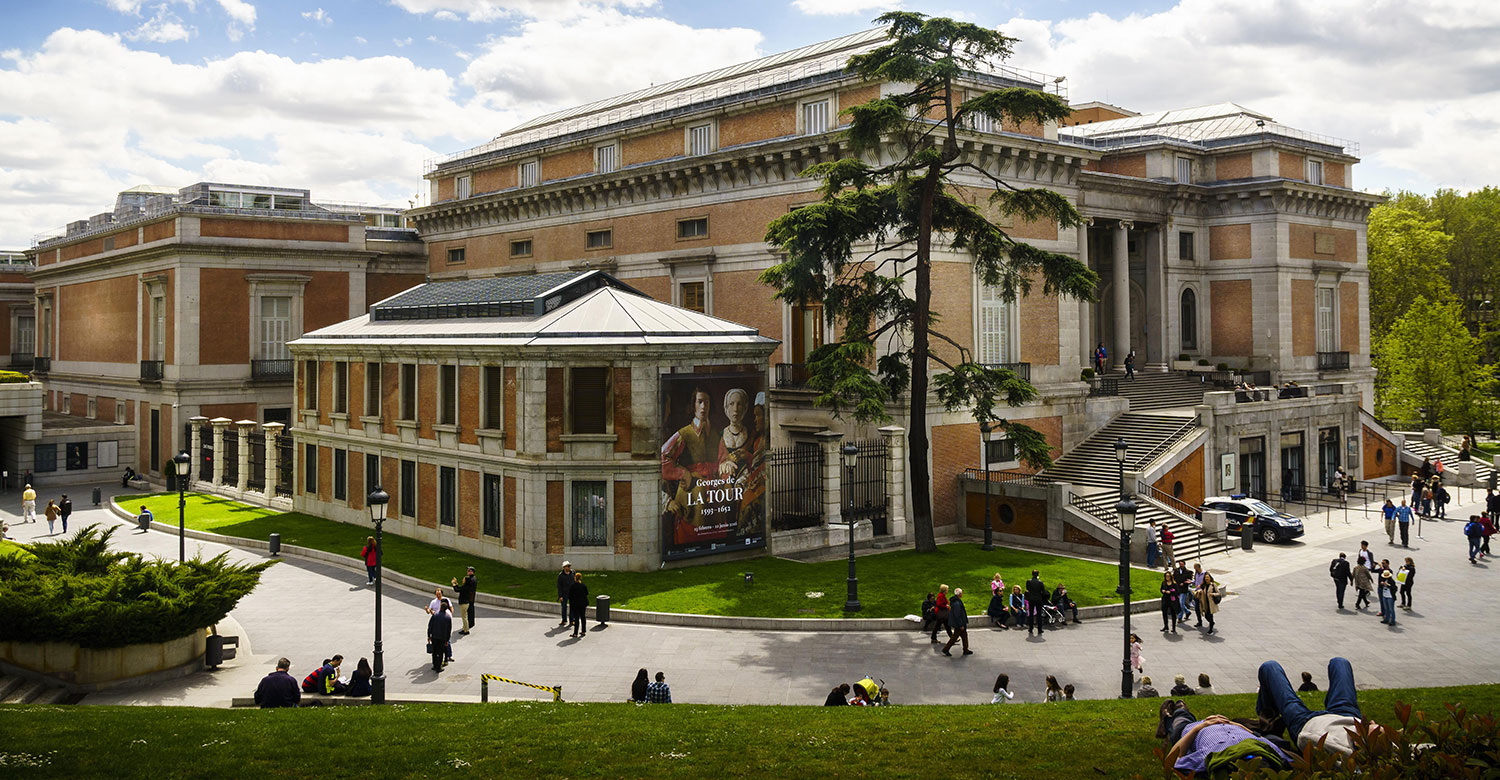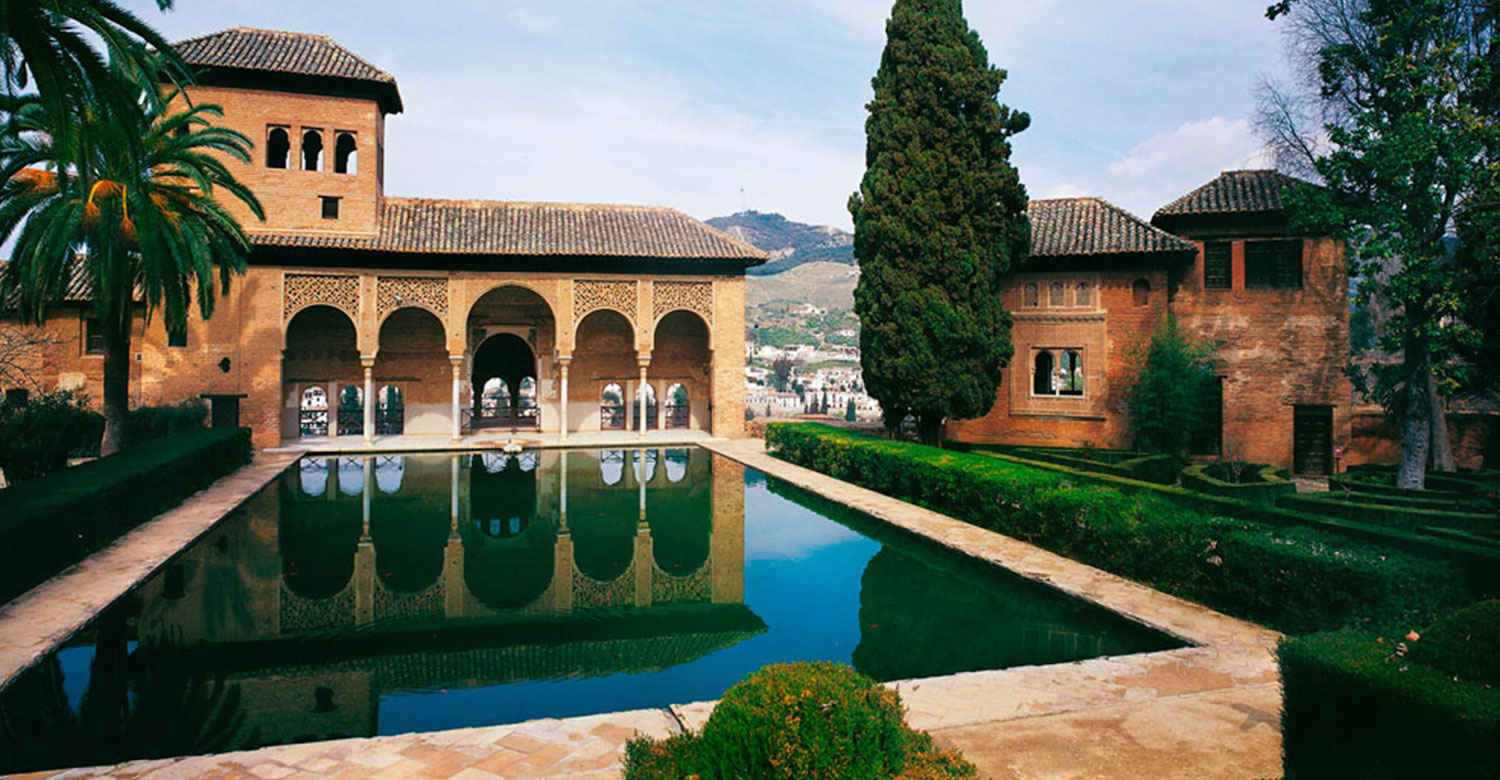Pintxos: San Sebastian's Treats On Sticks

Posted by on 01 Nov 2019 , in Europe
Food is indeed life in San Sebastian. Known in Basque as Donostia, the vibrant coastal city of San Sebastian is the culinary capital of Spain, playing host to countless bars and cafes and rivalling Kyoto in Japan for the world’s highest concentration of Michelin-starred restaurants per capita. In fact, the highest number of the Michelin stars a restaurant can have is three, and of the seven 3-starred Michelin restaurants in all of Spain, three of them are in delightful San Sebastian.
Travel to San Sebastian and you’ll surely be counting stars in no time, but what really pulls in thousands of visitors to this foodie mecca are the hundreds of pintxo bars that litter its busy streets. The snack-sized pintxos (pronounce “peen-chos”) is the Basque Country’s take on traditional Spanish tapas, often spiked with wooden cocktail sticks or toothpicks and consumed with red wine (txikito), beer (zurito) or the slightly sparking dry white wine called txacoli. Why are they popular, you wonder? Aside from these mini snacks being part of San Sebastian’s culture that trying them is an absolute must, pintxos pack a punch when it comes to flavours that chances are you’ll be asking for more than the usual two-pintxos-and-wine combo and crawling from one pintxo bar to the next.
PINTXOS VS. TAPAS
Pintxos and tapas are often used interchangeably but although they have come to refer to small-sized servings of food served with drinks in Spanish bars or taverns, there are some differences that might be handy to remember should you take a trip to Spain.
In a nutshell, pintxos are ‘Basque-fied’ tapas. They are examples of miniature cuisine derived from Spain’s traditional tapas but unlike tapas, pintxos are usually held together by a pincho which translates to “pointed stick” or simply toothpick, hence the name. They are also often ‘spiked’ to a piece of bread, whereas tapas can be cold olives, chorizo, Spanish ham (jamon) or anything served in small plates. Pintxos are also ordered and paid for independently from the drinks. Tapas, however, traditionally used to come with the drink you ordered. Order a drink and a free tapa automatically comes with it, much like an appetizer. That changed and now you must order and pay for your tapas which are often listed on the menu under the tapas column. Most traditional cities in Spain keep the tradition alive and retained the practice of not charging for tapas though. If you want to score a free tapa with the price of your drink, head to Granada, Alcalá de Henares or Madrid where you’ll most likely chance upon the most traditional of tapas bars.
WHERE TO: TOP PINTXO BARS
San’s Sebastian’s streets are one huge maze filled with numerous pintxo bars and it’s quite easy to get lost in the crowds. Basque etiquette dictates sampling one or two pintxos, usually priced from €3 to €6 each, then moving on to the next bar. Much like a pub crawl, this ‘pintxo crawl’ is your best chance of tasting many of the best pintxos in town. There are pretty much infinite variations of San Sebastian pintxos and since the mini goodies can be quite filling, you might want to hit the most sought-after bars right away and stuff yourself up with their bestsellers.
Here are three much-recommended pintxo destinations in the city regularly included in pintxo tasting tours and crawls:
• BAR ZERUKO (CALLE PESCADERIA 10)
With innumerable pintxos crowding the bar’s counters, it’s always pintxo fiesta in Bar Zeruko! Take your pick from their massive spread of mouth-watering pintxos featuring the very best flavours and ingredients of the Basque country. Sauteed mushrooms, soft shell crabs, eggs with fish roe, prawns are just some of the common elements you might notice. Bar Zeruko is perhaps best known for their La Hoguera, or bonfire, which is a piece of cod served on a smoking grill, eaten with bread coated with avocado aioli. Expect the bar to be packed! Come early if you want to snag a table, but battling for counter space is part of the pintxo culture!
• A FUEGO NEGRO (31 DE AGOSTO)
Theatrical, dark, and oh so not traditional, A Fuego Negro is not your usual pintxo bar. Their busy menu if full of interesting, creative items that all sport a modern twist. Try the oxtail “brownie” or the bar’s longest-standing favourite, the Mc Kobe which is a mini kobe-beef hamburger.
• BORDA BERRI (FERMIN CALBETON 12)
One word: risotto. Don’t miss their Idiazabal and Hongos Risotto consisting of sheep milk and wild mushroom that keeps the bar packed most days. Fair warning though, the Borda Berri version of risotto is NOT made with rice, but with orzo. Other must-try dishes are the melt-in-your-mouth Veal Cheeks and Pulpo (octopus).
PINTXO QUICK TIPS
Pintxo bars, especially the most popular ones like Bar Zerucho, can be packed to the rafters but don’t let the busy scene overwhelm you. You might have to fight your way to the totally appetizing pintxo array at the bar counters, but you’ll definitely get there. Remember that the crowd moves! And the trick is to go with the tide because chances are they are after the same thing: the pintxo bar counter. Forget about big plates too. There are some bars that offer big dishes which visitors can fill with a dozen pintxos, but if you want to get the real pintxo experience in San Sebastian, eat just one or two pintxos then move on to the next bar.
Toothpicks are also used to keep track of the prices. Different colours or sizes mean different prices, and you are charged at the end by the number of skewer sticks you have. That’s just a way to double check though since it seems like 99% of barmen in San Sebastian can actually remember what you order. The practice of charging by skewer count is common in pintxo bars though where a lot of the pintxos served can be eaten at room temperature.
How would you know if you’re in a great pintxo place? Look down. More often than not, paper serviettes go straight to the floor after use, so the more of them that litter the floor, the more popular the pintxo bar is. The dirtier, the better.
More importantly, keep an open mind. San Sebastian’s pintxo bars love to experiment and raise the gastronomic bar for the pintxo scene. Although most pintxos feature ingredients easily found in the region, you might find one or two to surprise you. San Sebastian keeps its rich heritage but also changes to the times, so if you are one adventurous foodie, this dynamic gourmet city is bound to be your favourite playground.
Some popular packages from Spain Holiday Packages and Travel Deals
Subscribe now for your chance to win
a $500 Travel Voucher
Be the first to hear about our new Holiday Packages






